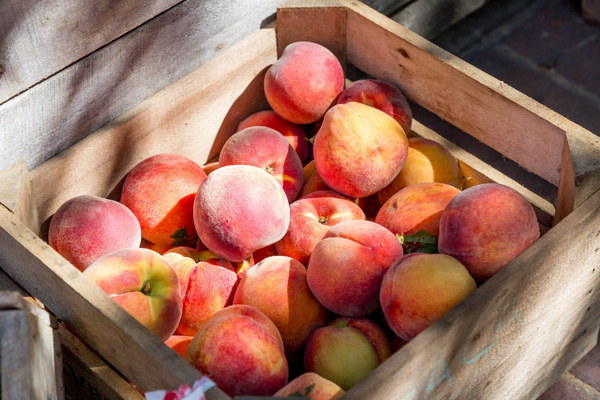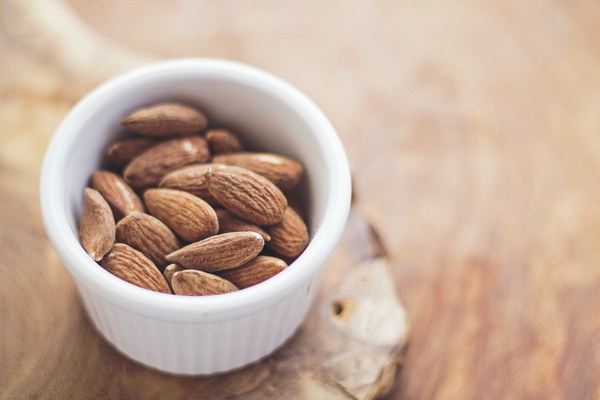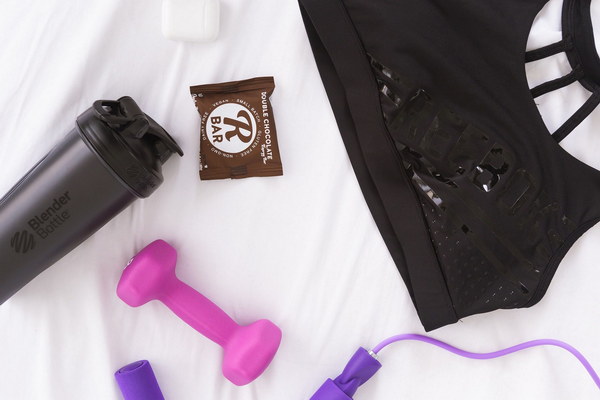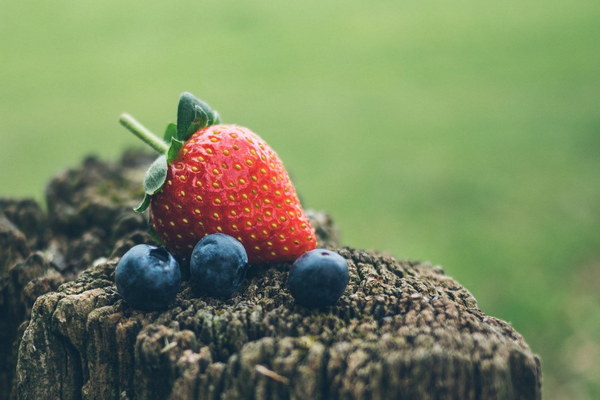Nurturing Young Minds and Bodies A Spring Health and Wellness Curriculum for Preschoolers
Spring is a time of renewal and growth, both for the natural world around us and for the young minds and bodies of our preschoolers. As the weather warms up and the days get longer, it's important to incorporate a spring health and wellness curriculum into our daily routines to help our children thrive. This article will explore some key aspects of springtime health and wellness for young children, including nutrition, physical activity, and mental well-being.
Nutrition: Feeding the Body and the Mind
A balanced diet is essential for young children's growth and development, especially during the spring season. Here are some tips to ensure that your preschoolers are getting the nutrients they need:
1. Fruits and Vegetables: Encourage your children to eat a variety of colorful fruits and vegetables, which are rich in vitamins, minerals, and antioxidants. Try incorporating seasonal produce like strawberries, blueberries, asparagus, and spinach into their meals.
2. Whole Grains: Offer whole grain options such as whole wheat bread, brown rice, and oatmeal to provide energy and fiber.
3. Protein: Include lean protein sources like chicken, turkey, fish, beans, and nuts to support muscle and brain development.
4. Hydration: Make sure your children drink plenty of water throughout the day to stay hydrated and support their overall health.
5. Limit Sugar and Processed Foods: Minimize the consumption of sugary snacks and processed foods, which can lead to energy crashes and poor health.
Physical Activity: Moving and Grooving
Physical activity is crucial for children's growth and development, and spring offers numerous opportunities to engage in outdoor play and exercise:
1. Playtime: Provide your children with access to outdoor play equipment, such as swings, slides, and sandboxes. This encourages them to engage in gross motor activities that promote strength, balance, and coordination.
2. Nature Exploration: Take your children on nature walks and encourage them to explore the outdoors. This can help them learn about the environment, develop a sense of wonder, and engage in active play.
3. Sports and Games: Introduce simple sports and games, such as soccer, basketball, or tag, to help them develop teamwork, sportsmanship, and physical skills.
4. Dance Parties: Have dance parties in your home or classroom to get everyone moving and grooving to music.
Mental Well-being: Cultivating Happiness and Resilience
Spring is also a great time to focus on mental well-being and emotional development:
1. Mindfulness and Relaxation: Teach your children simple mindfulness exercises, such as deep breathing or guided imagery, to help them manage stress and anxiety.

2. Positive Affirmations: Use positive affirmations to build confidence and self-esteem in your children, such as I am capable or I can try again.
3. Cultural Activities: Engage in spring-related cultural activities, such as planting a garden, making spring-themed crafts, or celebrating spring festivals. This can help foster a sense of connection to their heritage and the natural world.
4. Social Skills: Encourage your children to interact with their peers and develop social skills, such as sharing, taking turns, and resolving conflicts.
By incorporating these spring health and wellness activities into your preschool curriculum, you'll help your children grow, learn, and thrive. Remember, the key to a successful spring health and wellness program is to make it fun, engaging, and tailored to the needs of your young learners. Happy spring!









